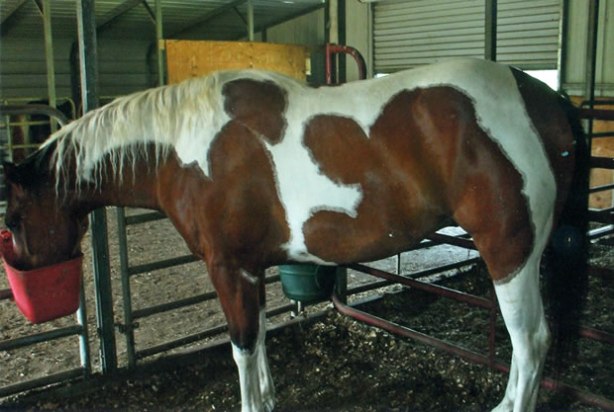HAMILTON — A man traveling through the area with a horse, mule and dog has captured the attention of many in recent days.
Bryan Brant, a native of Kansas, rode through Butler and Warren counties in the past few days and is currently in Montgomery County. His mission is to retrace the steps of Mohawk Chief Joseph Brant, from whom he is a descendant.
The trek began in Illinois in early June.
“I’ve been traveling for two months and three weeks this Sunday,” Brant said Friday. He has traveled more than 250 miles and is headed to upstate New York and then to Canada.
Brant said he is going to the Six Nations Indian reservation in Ontario.
“Once I’m there I am going to meet my family and begin to write a book about the trip I took,” he said. He also wants to speak to leaders there and propose a mounted honor society made of veterans to work with people on reservations as a form of therapy.
“I can’t propose it to anyone if I can’t do it myself, and that’s what this is about,” he said. “I want to meet with the elders there to propose an idea that might be able to help with some of the issues we see on Indian reservations, such as alcoholism, drug problems and homelessness.
“There are a lot of different issues that need addressed,” he said.
Part of his goal is to speak to people along the way about the positives of riding horses and prevention of horse genocide.
Brant relies on others to help him along in his journey. He has stayed mostly in barns and in the homes of people he has met along the way.
He said many farmers allow him to take shortcuts through their land.
Brant once stayed in the barn of an Amish family who owned a restaurant where had had stopped to dine.
Pepper is the dog traveling with Bryan Brant,
who is headed to Canada on horseback.
They started in Illinois.
Contributed photo from Karen Johnson
Others have offered him food and water for the animals and aided in his travel safety.
“The sheriff’s department of Butler County was extremely kind to me,” he said. “They gave me an escort down a dangerous road. It would have been a recipe for disaster had they not been there,” he said.
Brant is legally allowed to travel along all roadways, he said, but because of vehicles and safety, he must go off course and take back roads. That’s why several locals have seen Brant traveling along their residential streets.
He chose to travel through Shandon, Millville and Hamilton because going along the Ohio River in Cincinnati proved to be too dangerous, and private businesses prevented it.
“It was pleasant to see the city of Hamilton at night. Beautiful,” Brant said.
The trip has had a few bumps, Brant said. He was fined $160 in Brown County, Ind., where he stopped in a state park to allow the animals to graze.
“I didn’t have the proper bridal tag for Abby (the horse), which you had to purchase inside the park,” he said.
Weather also causes him to delay arriving at his destination.
Hamilton resident Karen Johnson said she met him recently at a Tractor Supply store on Ohio 4 in Liberty Twp. She called Brant “interesting” and “inspiring.”
“I wish I could be like him,” she said.

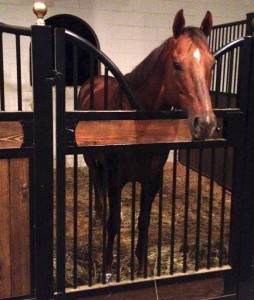

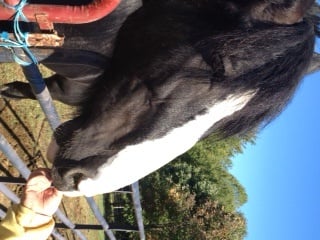



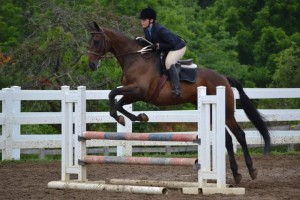
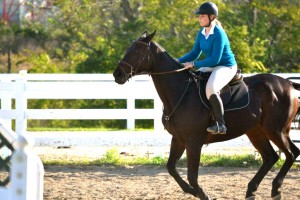
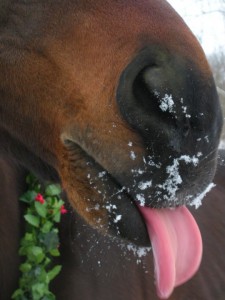





 Horse Range
Horse Range

